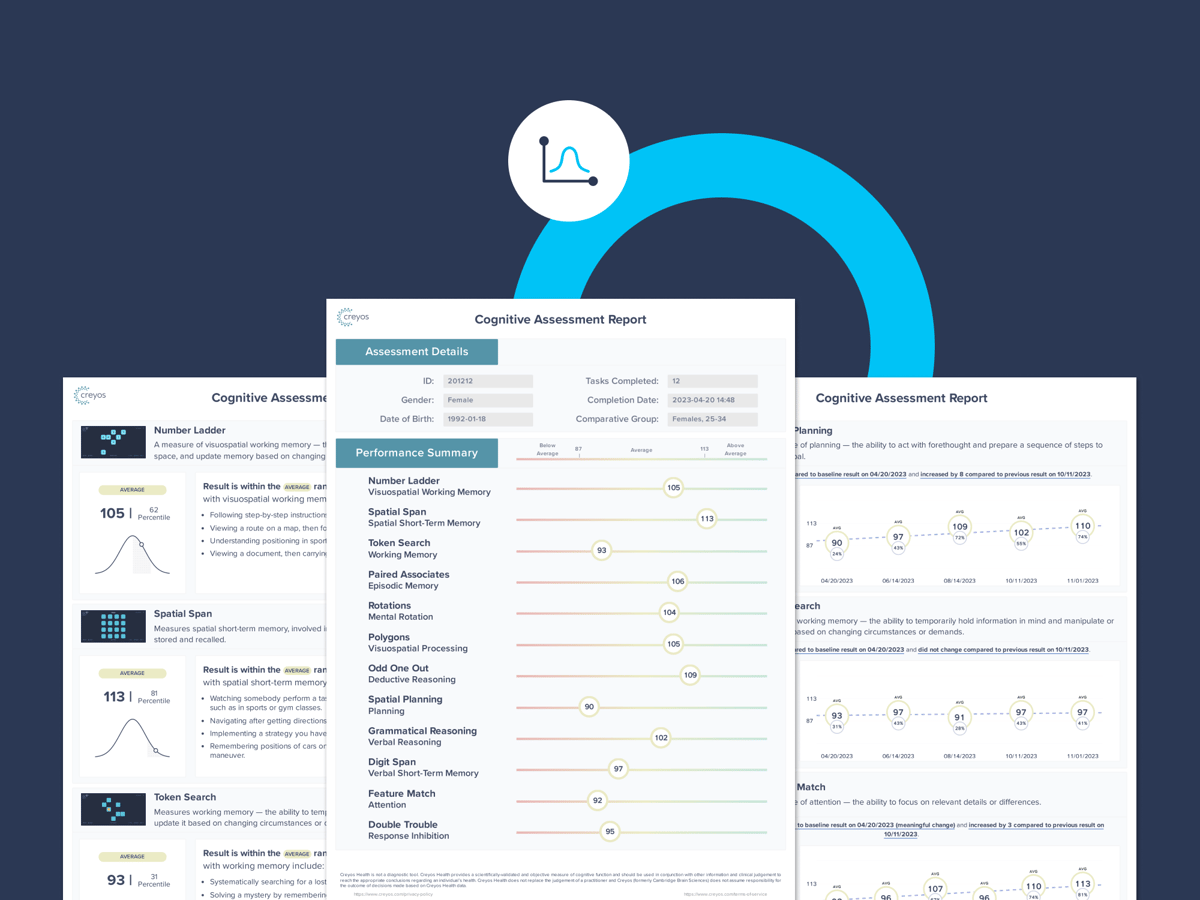
Why Early Detection is an Essential Part of Effective Dementia Care
11/12/2025
In 2018, the Alzheimer's Association reported that the care...
Read article
Subscribe for the latest insights on delivering cognitive care

12/12/2025
Early Detection: The Backbone of Preventive Neurology Early diagnosis is the cornerstone...
Read article

11/12/2025
In 2018, the Alzheimer's Association reported that the care...
Read article

09/12/2025
Dementia is an umbrella term for conditions characterized...
Read article

04/12/2025
According to Alzheimer’s Disease International, there are...
Read article

03/12/2025
Cognitive testing can be used to objectively identify...
Read article

28/11/2025
Accurate dementia detection is more important than ever....
Read article

25/11/2025
Clear and accurate reports are essential for making...
Read article

20/11/2025
In recent years, attention deficit hyperactivity disorder...
Read article

18/11/2025
Patients referred for neuropsychological evaluations face...
Read article
Book a call with a Creyos product specialist to learn how you can better assess cognition